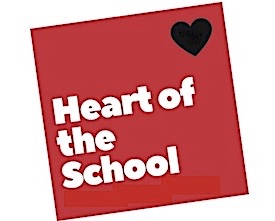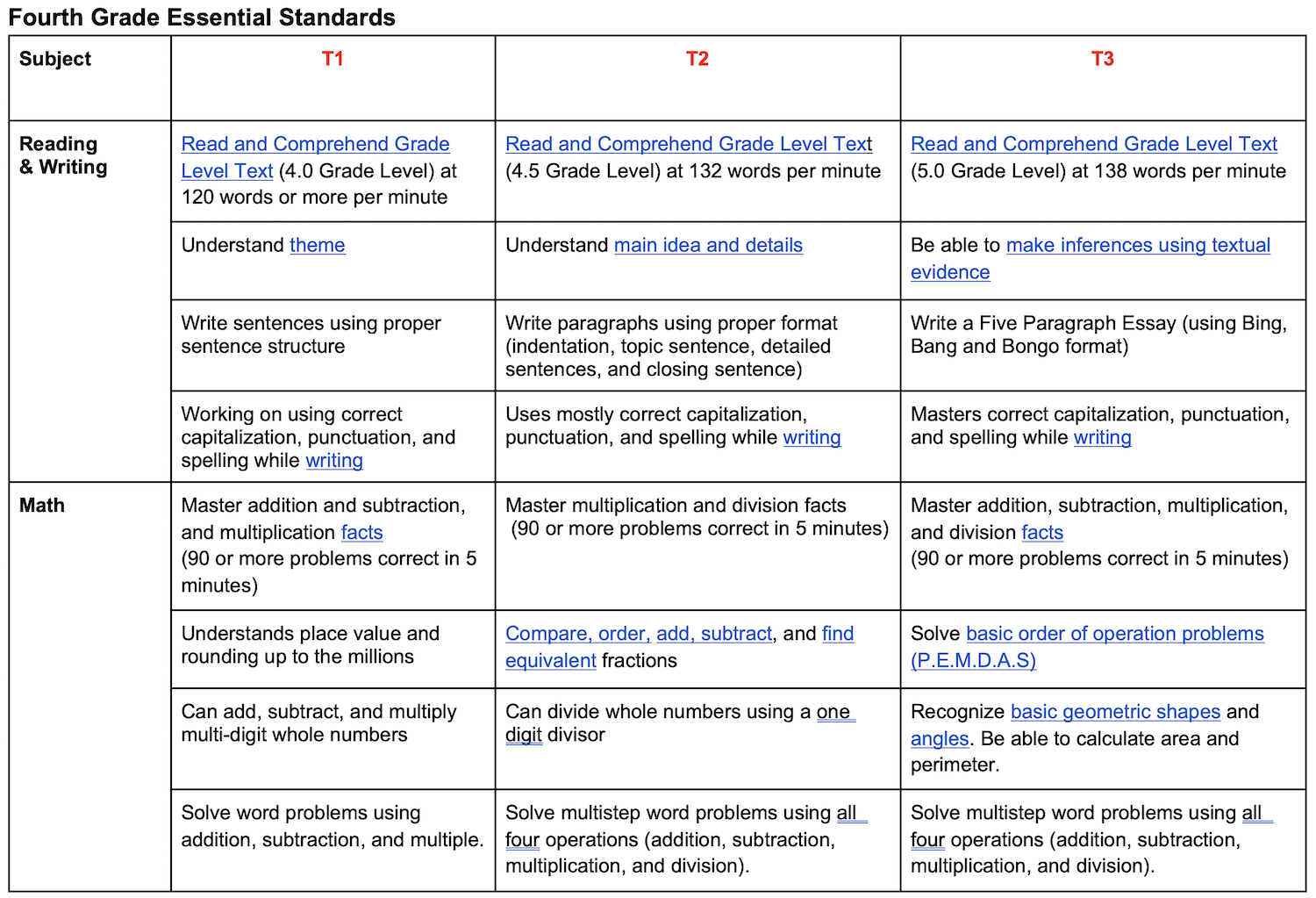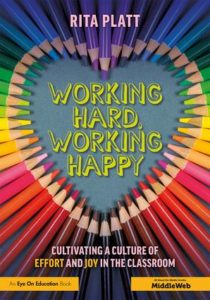Personal Connections. Essential Standards.
A MiddleWeb Blog
 This year might shape up to one of the most challenging of our careers. As I head into my 26th year as an educator with the miasmic mood of the pandemic permeating every thought and action, I feel more nervous energy than I ever have before.
This year might shape up to one of the most challenging of our careers. As I head into my 26th year as an educator with the miasmic mood of the pandemic permeating every thought and action, I feel more nervous energy than I ever have before.
I am a swirling mess of excitement (Oh how I miss the kids!), enthusiasm (We are going to learn so much!), fear (What if someone gets really sick?), confusion (How will we manage all of the moving parts? Is it even possible?), and ultimately hope (We have conquered so much as a team, we’ll conquer this too! My staff is going to ROCK this challenge!)
Our Students Need Us
My district in rural northwest Wisconsin started with face-to-face classes on August 25th. However, there is no doubt in my mind that we will have short-term shutdowns of classes, schools, or even the whole district. I am working constantly to ready my staff for any one of three teaching formats in the months to come.
1. Face-to-face school with modifications for social distancing and masking.
2. Distance learning, where students get all instruction in an online format.
3. Hybrid instruction, where half of the students are face-to-face at any given time and the rest are engaged in distance learning.
I realize that I’m no different than any educator. We’re all planning. We’re all stewing in that toxic COVID-inspired mess of emotions and stressful new protocols and service models. There is little that is certain these days.
Take a minute and try to internalize how this uncertainty is affecting our middle years students. It’s easy to forget that they may be struggling.
A KISS List Helps Me Focus
I’ve created my KISS (Keep It Simple Sweetheart) list for teaching and learning in the Age of Covid. No matter what happens, it’s more important now than ever that we remember our students need us. Below I want to offer three VERY simple strategies that we can use to help our students feel safe, supported, loved, and appreciated no matter how we interact with them next year.
1. Get to know your students as learners and just plain people.
Surveys are a great way to do that. Making a quick Google form with Likert scales and open- ended questions can get you information about your students that help you connect with them in person or online. Recently a teacher in an online graduate course I teach offered the following tip:
I typically have between 60 and 100 students so it is difficult to remember the details about each of my students. I had to figure out a way to help me remember the information because it was of no use to me unless I was aware of their responses.
I decided to add color and little symbols to my seating chart so I could easily access the information. For instance, I love purple and math so any students that like math are typed in purple ink and if they don’t like math I use orange ink.
I have some small stamps and stickers that I use to indicate some of their interests. I will put a ball under students that play sports. If they enjoy outdoor activities, I use a butterfly or flower sticker. Anyone that enjoys reading gets a small book sticker. I also make sure I make a “T” under students that are very good with technology so I know who to ask for help if I need it.
This coding idea can be adapted to work with any subject or age group. As you gather info about your kiddos, find out about favorite foods, pets, music, etc. and – code it in!
As most teachers already know, helping kids learn always hinges on building relationships with them. This strategy works well in both face-to-face settings and on online. It is so important is to build small connections like this and to use children’s names frequently in any classroom and especially one that is online.
2. Reach out!

The simplest way to make this happen is to just call families on the phone. If that makes you too uncomfortable or if you’re like my younger sister and insist that phones are not for talking on (what?!?!?!), then text or email. Just say hello. Ask how everything is going. Tell a funny story. Anything!
Just connect as much as you can as often as you can. Sending emails to the whole group is not the same. In fact, I have found that no matter how many whole-group emails I send, parents don’t see it as real communication. They need to know you care about their children as individuals.
3. Remember that LESS is MORE.
Determining our most essential standards is a priority. Most of us use state standards as the backbone of the lessons we design. However, in some content areas there are so many standards that it’s difficult, if not impossible, to ensure all students master them in a normal school year. And of course there is not much that is normal these days.
Several years ago my district, like many, embarked on a journey to identify our “essential standards.” Sometimes called Power Standards, these are the 10-12 most important things a kiddo has to know and be able to do in a given subject.
Generally, they are determined with three criteria:
One, they are high leverage standards, meaning that mastering them helps a student in a variety of ways.
Two, they are enduring and have value past the date of a test or two.
Three, they are important for readiness, meaning that without mastering the standard, a student will struggle with other concepts and standards down the road.
This year everything will take longer when (if) we’re in school. And when (if) we shut down that will be doubly so. We have to continually remind ourselves that we cannot do it all. With that in mind, I worked with my staff to further hone our essential standards to what one of my teachers calls our “ride-or-die” standards.
These are the three to five standards that are the bare minimum needed in each content area to make sure our students are ready for the next grade. Feel free to look at this example of the 4th grade ride-or-die standards for reading, writing, and math here. I strongly encourage you to consider your standards and curriculum and to identify the bare essentials too. You can always do more!

Fellow educators, I wish you all the best this year. It might be a doozy.




































